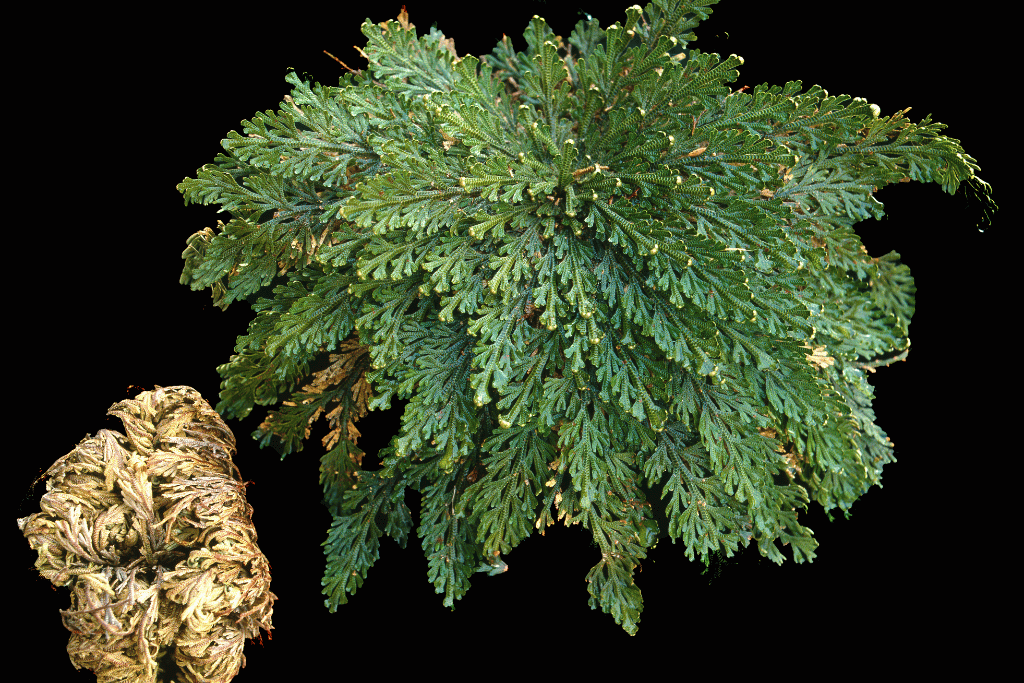
Syngonium plants are wonderful and easy-to-care-for species that can add a touch of brightness to a dimly lit room, as many species in this genus tolerate lower light levels. Two popular varieties, Syngonium rayii and Syngonium wendlandii, are often confused for one another as they look so similar.
So, what is the difference between Syngonium rayii and wendlandii? If you have one of these plants in your house but aren’t sure of the exact species, there are a few things you can look for to be able to tell them apart.
Syngonium Wendlandii vs. Rayii
Although visually very similar, these species have some key differences that allow you to tell them apart. Below we will cover some of the similarities and differences between the species, so you can be sure which species you are dealing with.

Similarities
One of the main similarities between these species is, of course, their general appearance. Both species start with a small, bushy growth form that matures into a longer, vine-like plant that can even be trained to climb up a post or support. Both of these species feature green, arrow-shaped leaves with white or cream coloring in the middle and often along the leaf veins.
Another main similarity between Syngonium wendlandii vs rayii is their care requirements. Both species do best in medium to bright, indirect light but can sometimes tolerate lower light levels. Watering should be regular but not too often, usually when the top couple inches of soil are dry.
The only difference in care is that Syngonium wendlandii may prefer a slightly more humid environment due to its larger size. Humidity needs can vary greatly depending on the size of the plant, the number of other plants around it, and the humidity in your home. Look for signs of low humidity like dry, brown leaf edges, or invest in a hygrometer if you aren’t sure how humid your house is.

Differences
There are three main differences between Syngonium rayii and wendlandii:
1. Leaves
The leaves of Syngonium rayii are very dark green, sometimes appearing almost black, and are also smaller and less elongated. In comparison, Syngonium wendlandii leaves are often a brighter, more vivid green, and tend to grow larger. The leaves of rayii also tend to be more arrow-shaped and velvety where wendlandii may be smoother and more heart-shaped leaves.
2. Size
Syngonium rayii is a species that is smaller than the Syngonium wendlandii counterpart. Where Syngonium wendlandii will often reach up to 36 inches in height, rayii usually does not grow to even half that (about 12 inches on average). This makes rayii a better choice for those looking for a smaller plant for a small area, while wendlandii is a better option for someone looking to fill up a corner of a room.
3. Price
The final difference between these species is not one that has to do with how they look, but rather how much you will pay for them! With Syngonium rayii being more rare and often more sought-after and popular, you will find it listed for a higher price than Syngonium wendlandii.

Final Thoughts
No matter which of these species you have in your collection, knowing the key identification features can help you tell them apart. This is not only good practice as a plant collector (how can you care for a species if you don’t know what it is?) but is also helpful if you intend to propagate and share or sell your plants. Misleading potential plant buyers into purchasing one species when it is really another is a big plant-world faux pas!



